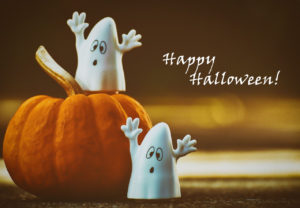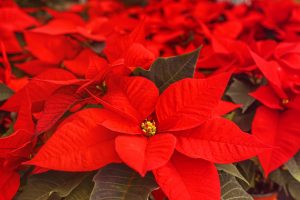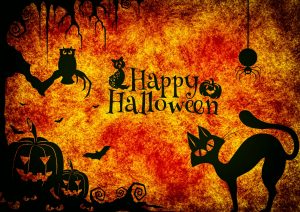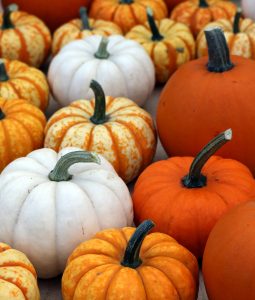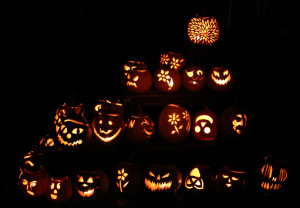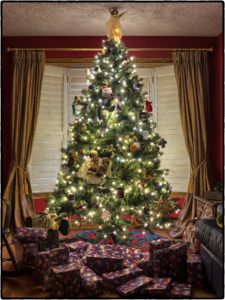
Year: 2019
Market size: $4.8 billion
“The Christmas tree is a symbol of love, not money. There’s a kind of glory to them when they’re all lit up that exceeds anything all the money in the world could buy.”
— Andy Rooney, “Andy Rooney: 60 Years of Wisdom and Wit”
The Christmas tree tradition as we know it, with trees brought into the home and decorated, began in Germany in the 16th century. In the 1800s German immigrants brought this tradition to the United States, but the tradition was not accepted by most Americans at the time as they considered a Christmas tree a pagan symbol. Then in 1846, the Illustrated London News published a sketch of Queen Victoria, Prince Albert, and their children standing around a Christmas tree. Due to Queen Victoria’s popularity and a desire to emulate the royal family’s customs, the Christmas tree became a popular decoration among high-society families in America.
Starting in 1851 Christmas trees began to be sold commercially in the United States, procured at random from nearby forests. In 1883 Sears, Roebuck & Company began selling artificial Christmas trees. The popularity of real Christmas trees increased across the country in the 1890s, so much so that by the early 1900s the national supply dwindled due to overharvesting.
The first Christmas tree farm was started in 1901, located in New Jersey. In 2017, the last year for which data are available, there were a total of 15,008 Christmas tree farms in the United States, down from 17,367 in 2007. This downward trend started earlier than 2007, however. An oversupply of Christmas trees in the 1990s led to prices falling and very little if any profit for farmers. Some farms went out of business. Those farmers that stayed in business planted fewer trees. Prices remained low, then the Great Recession hit in 2007. Fewer farms and fewer trees planted then mean fewer trees available now, although enough to meet demand. As a result, prices increased sharply since the recession. On average, a real Christmas tree cost $76.87 in 2019, up from $36.50 in 2008.
Today’s market size shows the amount U.S. consumers spent on Christmas trees in 2019. That year, 77% of U.S. households, nearly 96 million, displayed at least one Christmas tree over the winter holidays, with 16% of households displaying more than one. An overwhelming majority of these trees, 81%, were artificial, with 19% being real. In 2019, 26.2 million real Christmas trees and 25 million artificial Christmas trees were sold. While the number of real trees sold has stayed steady between 25-33 million trees over the past 15 years, artificial tree sales have trended upward since 2010 when 8.2 million trees were sold. Most artificial trees are imported, with 92.8% made of plastic. In 2020,1 the United States imported $230.3 million worth of artificial Christmas trees, $223.1 million of which came from China. Imports from Cambodia ($4.01 million), Thailand ($1.03 million), Mexico ($1.0 million), and Hong Kong ($772,546) round out the top 5.Real Christmas trees are grown in all 50 states, but almost 80% of Christmas trees come from 5 states: Oregon, North Carolina, Michigan, Pennsylvania, and Wisconsin.2 Most people who bought real trees bought them from choose and harvest farms, followed by chain stores and retail lots. Online sales accounted for 6% of real tree sales in 2019.
As people spend more time at home during the pandemic in 2020, many more are opting to bring a bit of Christmas cheer into their homes. Christmas tree growers associations across the country are reporting that retailers and growers are seeing large increases in sales from last year. Farmers in Michigan reported a 50% increase in sales as of the beginning of December 2020.
In a TRUE Global Intelligence survey conducted in the summer of 2020, 61% of respondents said that the pandemic has increased their desire to spend money on experiences this year, with about three-quarters saying that they think of real Christmas trees as an experience. About a fifth of respondents who put up an artificial tree, or no tree at all, last year said they are more likely to put up a real tree this year. What about artificial trees? Retailers are reporting a sales boom in that market also. And, for those who are wary about coming into a store to pick out a tree, real or not, many retailers are offering curbside pickup of trees bought online.
1 As of October 2020.2 Data are for 2017, the last year for which data are available. Source: “Table 35. Cultivated Christmas Trees: 2017 and 2012,” 2017 Census of Agriculture, USDA, National Agricultural Statistics Service, April 11, 2019 available online here.
Sources: Chelsea Wells-Barrett and Catherine Choi, “Americans Will Spend Almost $5.5 Billion on Christmas Trees in 2020,” Finder.com, December 1, 2020 available online here; “Table 35. Cultivated Christmas Trees: 2017 and 2012,” 2017 Census of Agriculture, USDA, National Agricultural Statistics Service, April 11, 2019 available online here; “Table 35. Cut Christmas Trees: 2012 and 2007,” 2012 Census of Agriculture, USDA, National Agricultural Statistics Service, May 2, 2014 available online here; Jake Sherlock, “The Real Story About the Supply and Price of Christmas Trees in 2019,” National Christmas Tree Association, April 6, 2020 available online here; “History of Christmas Trees,” History.com, 2009 available online here; “History of Christmas Trees,” National Christmas Tree Association, 2017 available online here; “2020 Christmas Tree Statistics, Facts and Trends” available online here; “Ninety-Six Million U.S. Households Celebrated the Christmas Holiday with a Christmas Tree in 2019,” The American Christmas Tree Association available online here; “Artificial Christmas Trees – Imports,” U.S. Import and Export Merchandise Trade Statistics, U.S. Census Bureau, Economic Indicators Division, USA Trade Online available online here; Zachary Crockett, “The Economics of Christmas Trees,” The Hustle, December 5, 2020 available online here; Christina Morales and Natasha Frost, “Christmas Tree Sales are Booming as Pandemic-Weary Americans Seek Solace,” The New York Times, December 6, 2020 available online here; “Real Christmas Trees Can Help End a Difficult Year With Good Memories,” It’s Christmas Keep It Real available online here; Nichole Lyn Pesce, “‘Great Recession’ a Decade Ago is One Reason Your Christmas Tree Will Cost More This Year,” MarketWatch, December 14, 2019 available online here.
Image source: MustangJoe, “christmas-tree-christmas-tree-1236617,” Pixabay, March 9, 2016 available online here.

